Translation purchase order Translation process Lecture #5 What
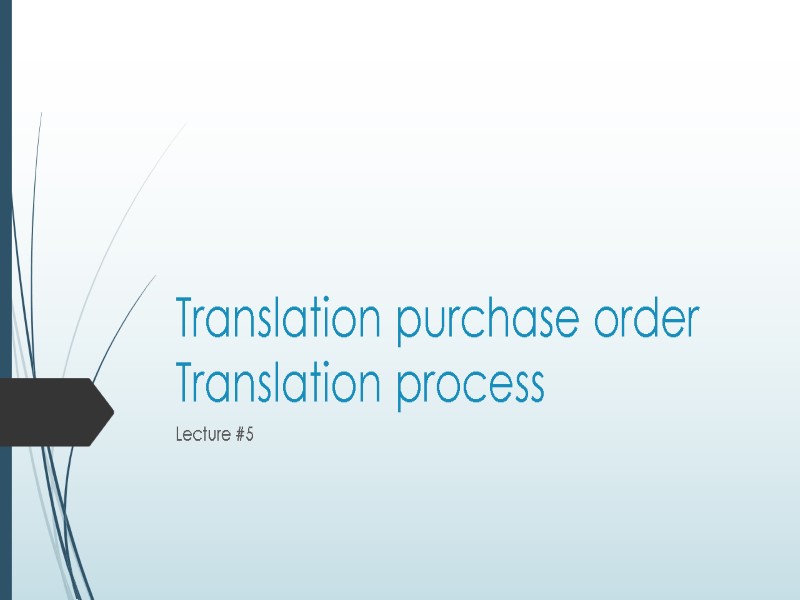
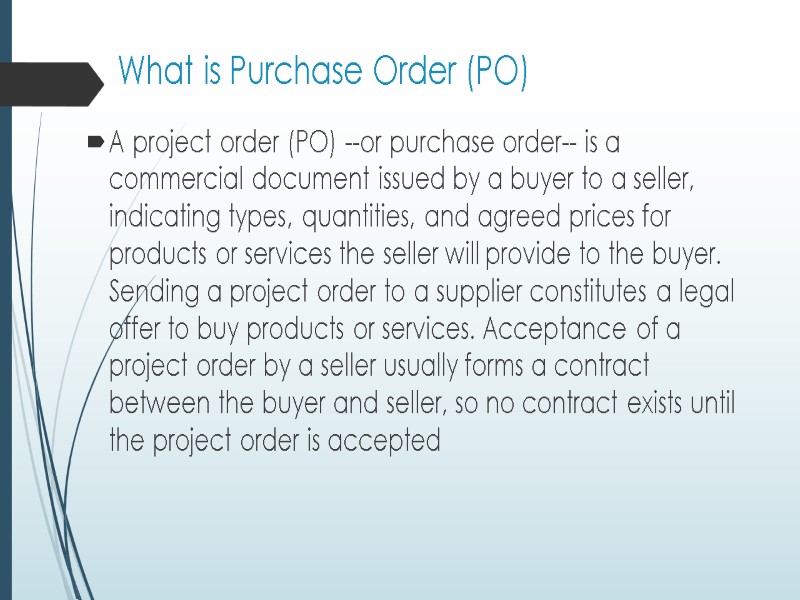

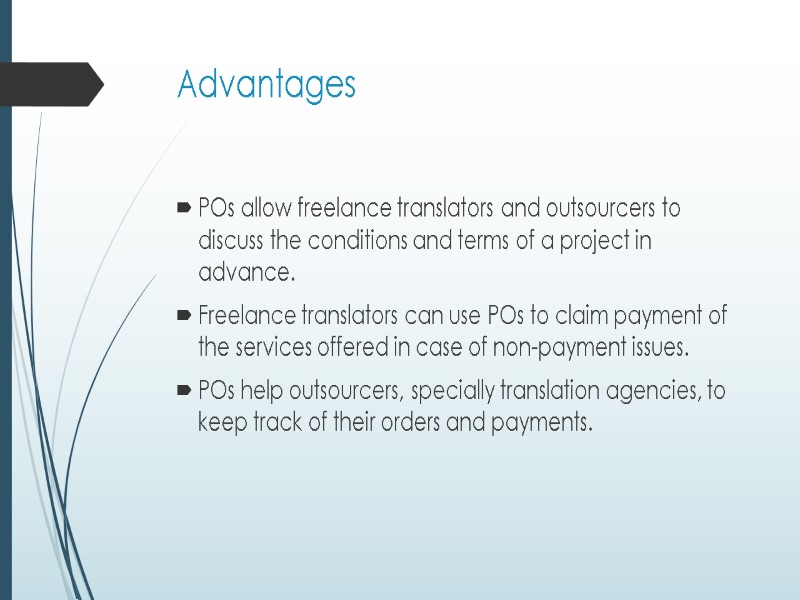
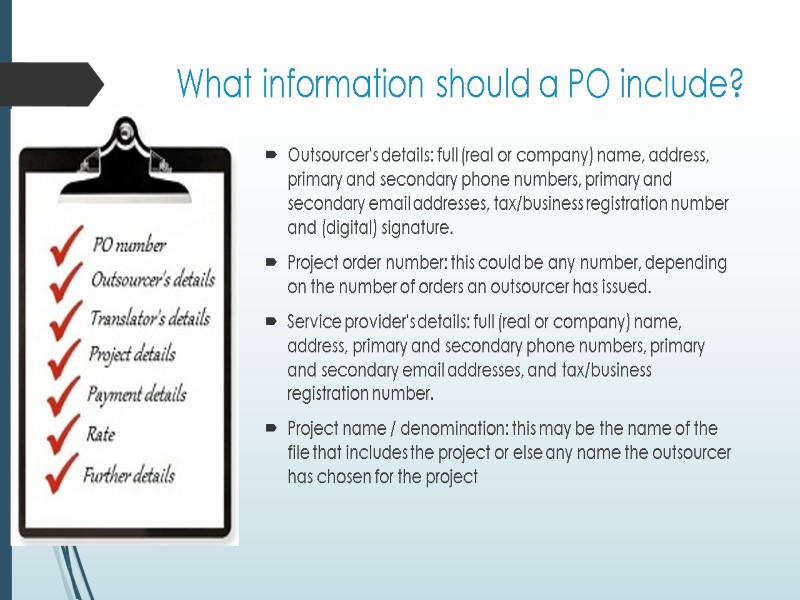
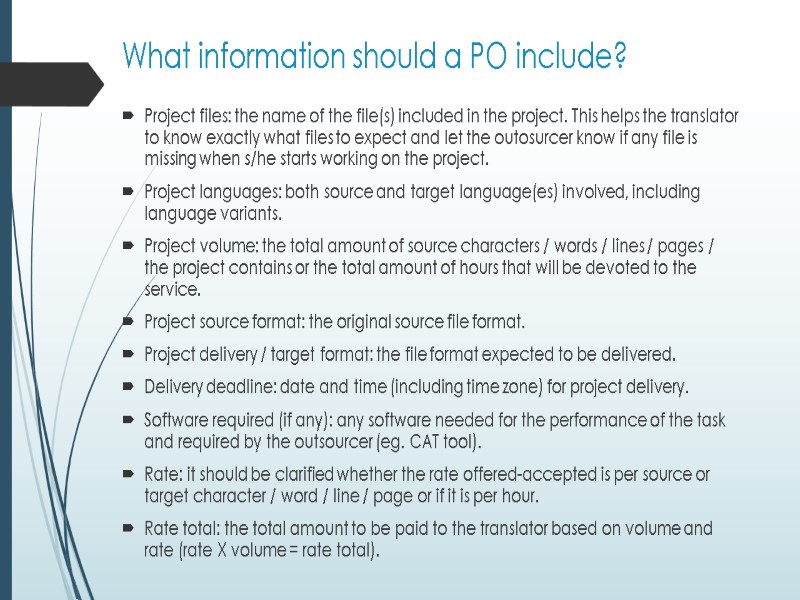
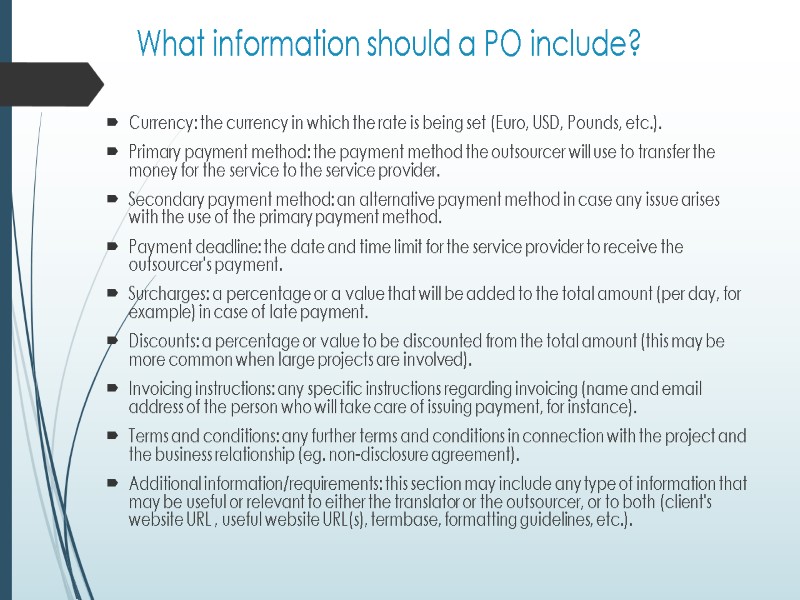
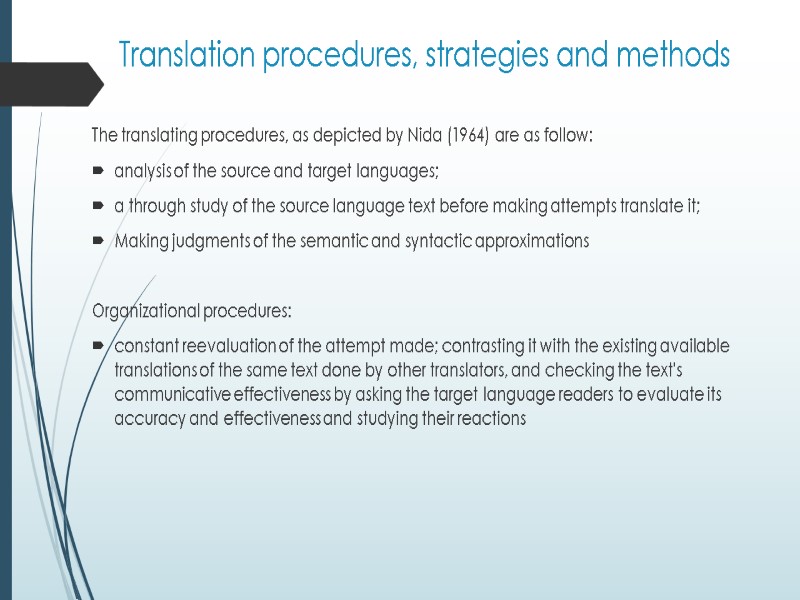
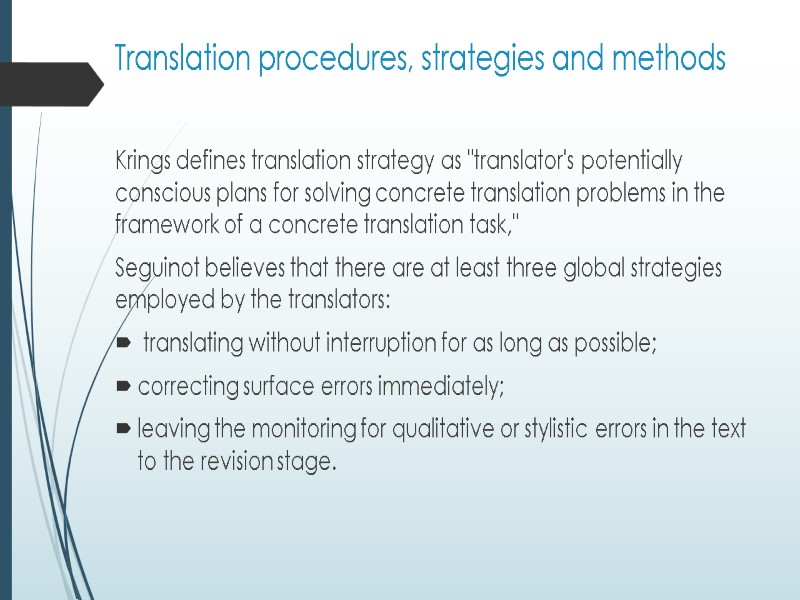

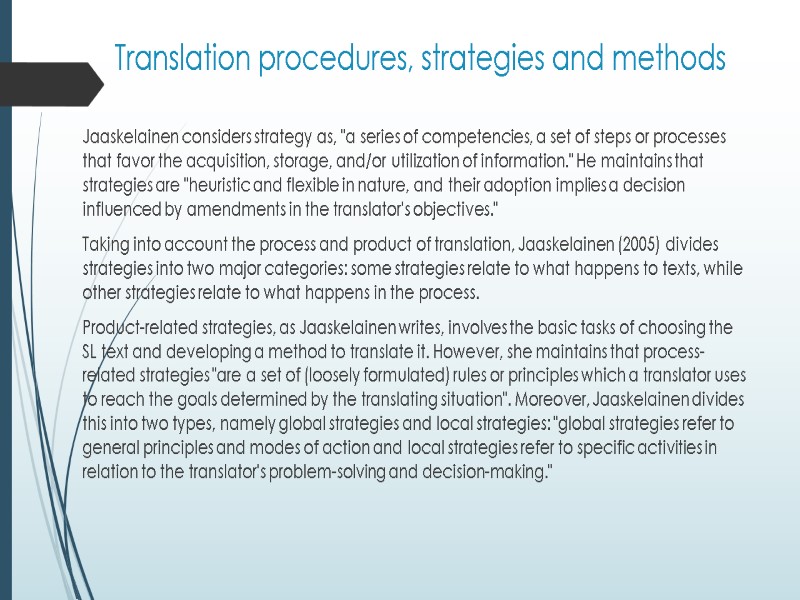
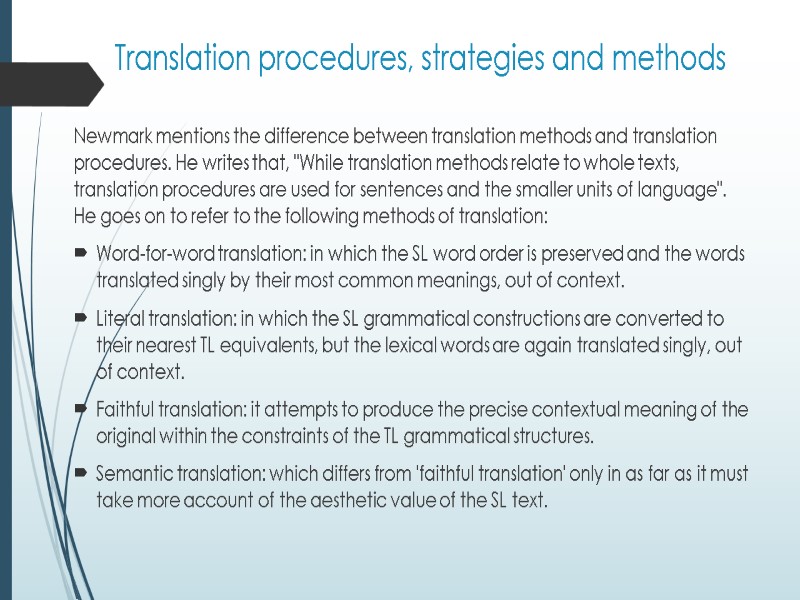
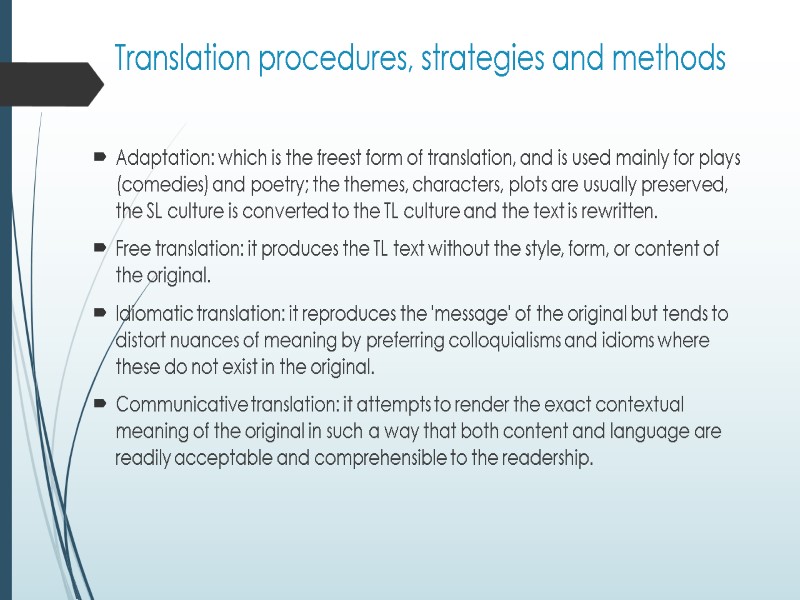
14790-translation_purchase_order.ppt
- Количество слайдов: 13
 Translation purchase order Translation process Lecture #5
Translation purchase order Translation process Lecture #5
 What is Purchase Order (PO) A project order (PO) --or purchase order-- is a commercial document issued by a buyer to a seller, indicating types, quantities, and agreed prices for products or services the seller will provide to the buyer. Sending a project order to a supplier constitutes a legal offer to buy products or services. Acceptance of a project order by a seller usually forms a contract between the buyer and seller, so no contract exists until the project order is accepted
What is Purchase Order (PO) A project order (PO) --or purchase order-- is a commercial document issued by a buyer to a seller, indicating types, quantities, and agreed prices for products or services the seller will provide to the buyer. Sending a project order to a supplier constitutes a legal offer to buy products or services. Acceptance of a project order by a seller usually forms a contract between the buyer and seller, so no contract exists until the project order is accepted
 Why are POs important in freelance translation? Since issuing a PO constitutes a legal offer and accepting a PO constitutes an acceptance of such offer, including the conditions specified by the PO, project orders are in most cases the only proof of a commercial relationship between a buyer (translation outsourcer) and a seller (translator).
Why are POs important in freelance translation? Since issuing a PO constitutes a legal offer and accepting a PO constitutes an acceptance of such offer, including the conditions specified by the PO, project orders are in most cases the only proof of a commercial relationship between a buyer (translation outsourcer) and a seller (translator).
 Advantages POs allow freelance translators and outsourcers to discuss the conditions and terms of a project in advance. Freelance translators can use POs to claim payment of the services offered in case of non-payment issues. POs help outsourcers, specially translation agencies, to keep track of their orders and payments.
Advantages POs allow freelance translators and outsourcers to discuss the conditions and terms of a project in advance. Freelance translators can use POs to claim payment of the services offered in case of non-payment issues. POs help outsourcers, specially translation agencies, to keep track of their orders and payments.
 What information should a PO include? Outsourcer's details: full (real or company) name, address, primary and secondary phone numbers, primary and secondary email addresses, tax/business registration number and (digital) signature. Project order number: this could be any number, depending on the number of orders an outsourcer has issued. Service provider's details: full (real or company) name, address, primary and secondary phone numbers, primary and secondary email addresses, and tax/business registration number. Project name / denomination: this may be the name of the file that includes the project or else any name the outsourcer has chosen for the project
What information should a PO include? Outsourcer's details: full (real or company) name, address, primary and secondary phone numbers, primary and secondary email addresses, tax/business registration number and (digital) signature. Project order number: this could be any number, depending on the number of orders an outsourcer has issued. Service provider's details: full (real or company) name, address, primary and secondary phone numbers, primary and secondary email addresses, and tax/business registration number. Project name / denomination: this may be the name of the file that includes the project or else any name the outsourcer has chosen for the project
 What information should a PO include? Project files: the name of the file(s) included in the project. This helps the translator to know exactly what files to expect and let the outosurcer know if any file is missing when s/he starts working on the project. Project languages: both source and target language(es) involved, including language variants. Project volume: the total amount of source characters / words / lines / pages / the project contains or the total amount of hours that will be devoted to the service. Project source format: the original source file format. Project delivery / target format: the file format expected to be delivered. Delivery deadline: date and time (including time zone) for project delivery. Software required (if any): any software needed for the performance of the task and required by the outsourcer (eg. CAT tool). Rate: it should be clarified whether the rate offered-accepted is per source or target character / word / line / page or if it is per hour. Rate total: the total amount to be paid to the translator based on volume and rate (rate X volume = rate total).
What information should a PO include? Project files: the name of the file(s) included in the project. This helps the translator to know exactly what files to expect and let the outosurcer know if any file is missing when s/he starts working on the project. Project languages: both source and target language(es) involved, including language variants. Project volume: the total amount of source characters / words / lines / pages / the project contains or the total amount of hours that will be devoted to the service. Project source format: the original source file format. Project delivery / target format: the file format expected to be delivered. Delivery deadline: date and time (including time zone) for project delivery. Software required (if any): any software needed for the performance of the task and required by the outsourcer (eg. CAT tool). Rate: it should be clarified whether the rate offered-accepted is per source or target character / word / line / page or if it is per hour. Rate total: the total amount to be paid to the translator based on volume and rate (rate X volume = rate total).
 What information should a PO include? Currency: the currency in which the rate is being set (Euro, USD, Pounds, etc.). Primary payment method: the payment method the outsourcer will use to transfer the money for the service to the service provider. Secondary payment method: an alternative payment method in case any issue arises with the use of the primary payment method. Payment deadline: the date and time limit for the service provider to receive the outsourcer's payment. Surcharges: a percentage or a value that will be added to the total amount (per day, for example) in case of late payment. Discounts: a percentage or value to be discounted from the total amount (this may be more common when large projects are involved). Invoicing instructions: any specific instructions regarding invoicing (name and email address of the person who will take care of issuing payment, for instance). Terms and conditions: any further terms and conditions in connection with the project and the business relationship (eg. non-disclosure agreement). Additional information/requirements: this section may include any type of information that may be useful or relevant to either the translator or the outsourcer, or to both (client's website URL , useful website URL(s), termbase, formatting guidelines, etc.).
What information should a PO include? Currency: the currency in which the rate is being set (Euro, USD, Pounds, etc.). Primary payment method: the payment method the outsourcer will use to transfer the money for the service to the service provider. Secondary payment method: an alternative payment method in case any issue arises with the use of the primary payment method. Payment deadline: the date and time limit for the service provider to receive the outsourcer's payment. Surcharges: a percentage or a value that will be added to the total amount (per day, for example) in case of late payment. Discounts: a percentage or value to be discounted from the total amount (this may be more common when large projects are involved). Invoicing instructions: any specific instructions regarding invoicing (name and email address of the person who will take care of issuing payment, for instance). Terms and conditions: any further terms and conditions in connection with the project and the business relationship (eg. non-disclosure agreement). Additional information/requirements: this section may include any type of information that may be useful or relevant to either the translator or the outsourcer, or to both (client's website URL , useful website URL(s), termbase, formatting guidelines, etc.).
 Translation procedures, strategies and methods The translating procedures, as depicted by Nida (1964) are as follow: analysis of the source and target languages; a through study of the source language text before making attempts translate it; Making judgments of the semantic and syntactic approximations Organizational procedures: constant reevaluation of the attempt made; contrasting it with the existing available translations of the same text done by other translators, and checking the text's communicative effectiveness by asking the target language readers to evaluate its accuracy and effectiveness and studying their reactions
Translation procedures, strategies and methods The translating procedures, as depicted by Nida (1964) are as follow: analysis of the source and target languages; a through study of the source language text before making attempts translate it; Making judgments of the semantic and syntactic approximations Organizational procedures: constant reevaluation of the attempt made; contrasting it with the existing available translations of the same text done by other translators, and checking the text's communicative effectiveness by asking the target language readers to evaluate its accuracy and effectiveness and studying their reactions
 Translation procedures, strategies and methods Krings defines translation strategy as "translator's potentially conscious plans for solving concrete translation problems in the framework of a concrete translation task," Seguinot believes that there are at least three global strategies employed by the translators: translating without interruption for as long as possible; correcting surface errors immediately; leaving the monitoring for qualitative or stylistic errors in the text to the revision stage.
Translation procedures, strategies and methods Krings defines translation strategy as "translator's potentially conscious plans for solving concrete translation problems in the framework of a concrete translation task," Seguinot believes that there are at least three global strategies employed by the translators: translating without interruption for as long as possible; correcting surface errors immediately; leaving the monitoring for qualitative or stylistic errors in the text to the revision stage.
 Translation procedures, strategies and methods Bell differentiates between global (those dealing with whole texts) and local (those dealing with text segments) strategies and confirms that this distinction results from various kinds of translation problems. Venuti indicates that translation strategies "involve the basic tasks of choosing the foreign text to be translated and developing a method to translate it." He employs the concepts of domesticating and foreignizing to refer to translation strategies.
Translation procedures, strategies and methods Bell differentiates between global (those dealing with whole texts) and local (those dealing with text segments) strategies and confirms that this distinction results from various kinds of translation problems. Venuti indicates that translation strategies "involve the basic tasks of choosing the foreign text to be translated and developing a method to translate it." He employs the concepts of domesticating and foreignizing to refer to translation strategies.
 Translation procedures, strategies and methods Jaaskelainen considers strategy as, "a series of competencies, a set of steps or processes that favor the acquisition, storage, and/or utilization of information." He maintains that strategies are "heuristic and flexible in nature, and their adoption implies a decision influenced by amendments in the translator's objectives." Taking into account the process and product of translation, Jaaskelainen (2005) divides strategies into two major categories: some strategies relate to what happens to texts, while other strategies relate to what happens in the process. Product-related strategies, as Jaaskelainen writes, involves the basic tasks of choosing the SL text and developing a method to translate it. However, she maintains that process-related strategies "are a set of (loosely formulated) rules or principles which a translator uses to reach the goals determined by the translating situation". Moreover, Jaaskelainen divides this into two types, namely global strategies and local strategies: "global strategies refer to general principles and modes of action and local strategies refer to specific activities in relation to the translator's problem-solving and decision-making."
Translation procedures, strategies and methods Jaaskelainen considers strategy as, "a series of competencies, a set of steps or processes that favor the acquisition, storage, and/or utilization of information." He maintains that strategies are "heuristic and flexible in nature, and their adoption implies a decision influenced by amendments in the translator's objectives." Taking into account the process and product of translation, Jaaskelainen (2005) divides strategies into two major categories: some strategies relate to what happens to texts, while other strategies relate to what happens in the process. Product-related strategies, as Jaaskelainen writes, involves the basic tasks of choosing the SL text and developing a method to translate it. However, she maintains that process-related strategies "are a set of (loosely formulated) rules or principles which a translator uses to reach the goals determined by the translating situation". Moreover, Jaaskelainen divides this into two types, namely global strategies and local strategies: "global strategies refer to general principles and modes of action and local strategies refer to specific activities in relation to the translator's problem-solving and decision-making."
 Translation procedures, strategies and methods Newmark mentions the difference between translation methods and translation procedures. He writes that, "While translation methods relate to whole texts, translation procedures are used for sentences and the smaller units of language". He goes on to refer to the following methods of translation: Word-for-word translation: in which the SL word order is preserved and the words translated singly by their most common meanings, out of context. Literal translation: in which the SL grammatical constructions are converted to their nearest TL equivalents, but the lexical words are again translated singly, out of context. Faithful translation: it attempts to produce the precise contextual meaning of the original within the constraints of the TL grammatical structures. Semantic translation: which differs from 'faithful translation' only in as far as it must take more account of the aesthetic value of the SL text.
Translation procedures, strategies and methods Newmark mentions the difference between translation methods and translation procedures. He writes that, "While translation methods relate to whole texts, translation procedures are used for sentences and the smaller units of language". He goes on to refer to the following methods of translation: Word-for-word translation: in which the SL word order is preserved and the words translated singly by their most common meanings, out of context. Literal translation: in which the SL grammatical constructions are converted to their nearest TL equivalents, but the lexical words are again translated singly, out of context. Faithful translation: it attempts to produce the precise contextual meaning of the original within the constraints of the TL grammatical structures. Semantic translation: which differs from 'faithful translation' only in as far as it must take more account of the aesthetic value of the SL text.
 Translation procedures, strategies and methods Adaptation: which is the freest form of translation, and is used mainly for plays (comedies) and poetry; the themes, characters, plots are usually preserved, the SL culture is converted to the TL culture and the text is rewritten. Free translation: it produces the TL text without the style, form, or content of the original. Idiomatic translation: it reproduces the 'message' of the original but tends to distort nuances of meaning by preferring colloquialisms and idioms where these do not exist in the original. Communicative translation: it attempts to render the exact contextual meaning of the original in such a way that both content and language are readily acceptable and comprehensible to the readership.
Translation procedures, strategies and methods Adaptation: which is the freest form of translation, and is used mainly for plays (comedies) and poetry; the themes, characters, plots are usually preserved, the SL culture is converted to the TL culture and the text is rewritten. Free translation: it produces the TL text without the style, form, or content of the original. Idiomatic translation: it reproduces the 'message' of the original but tends to distort nuances of meaning by preferring colloquialisms and idioms where these do not exist in the original. Communicative translation: it attempts to render the exact contextual meaning of the original in such a way that both content and language are readily acceptable and comprehensible to the readership.
